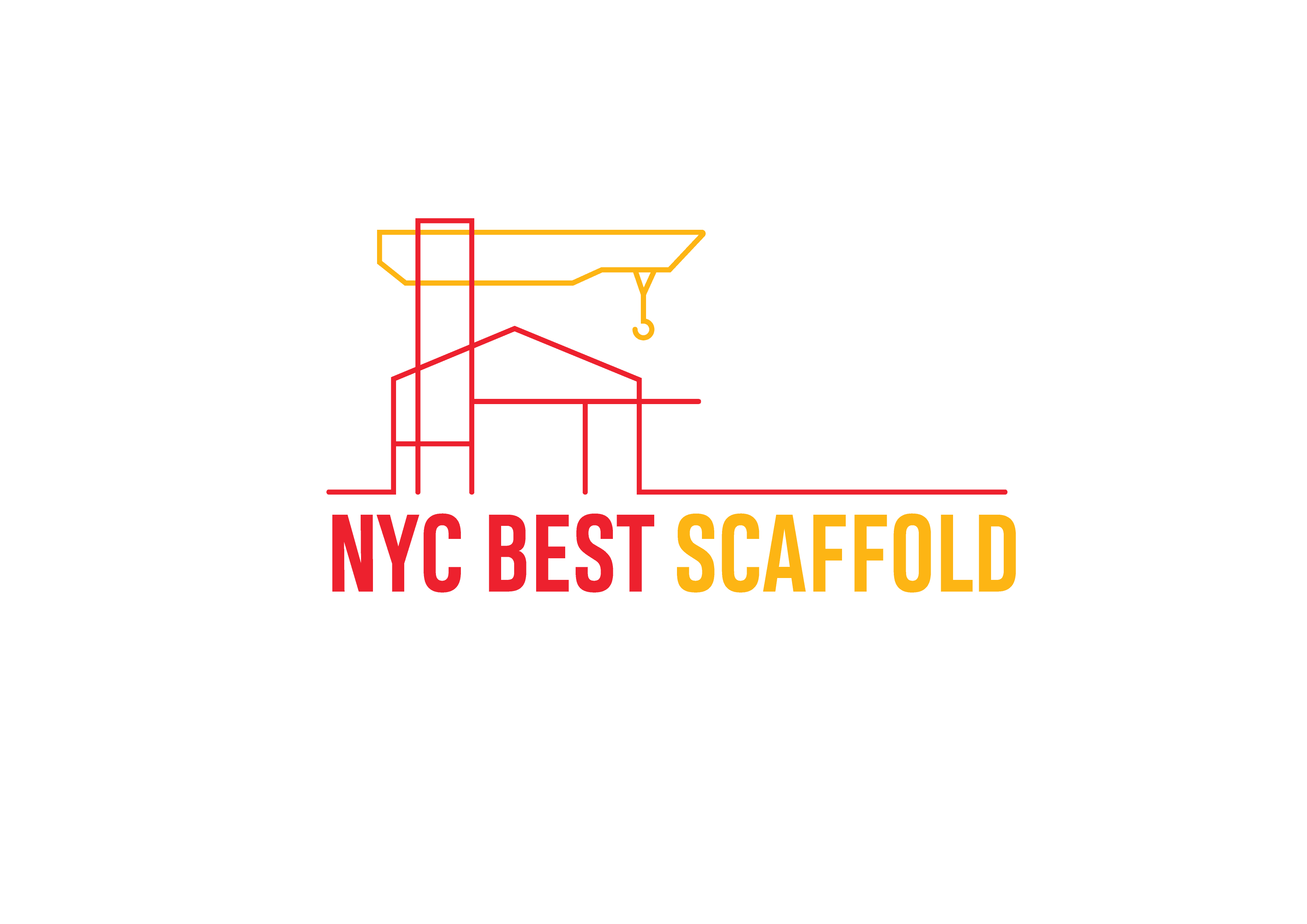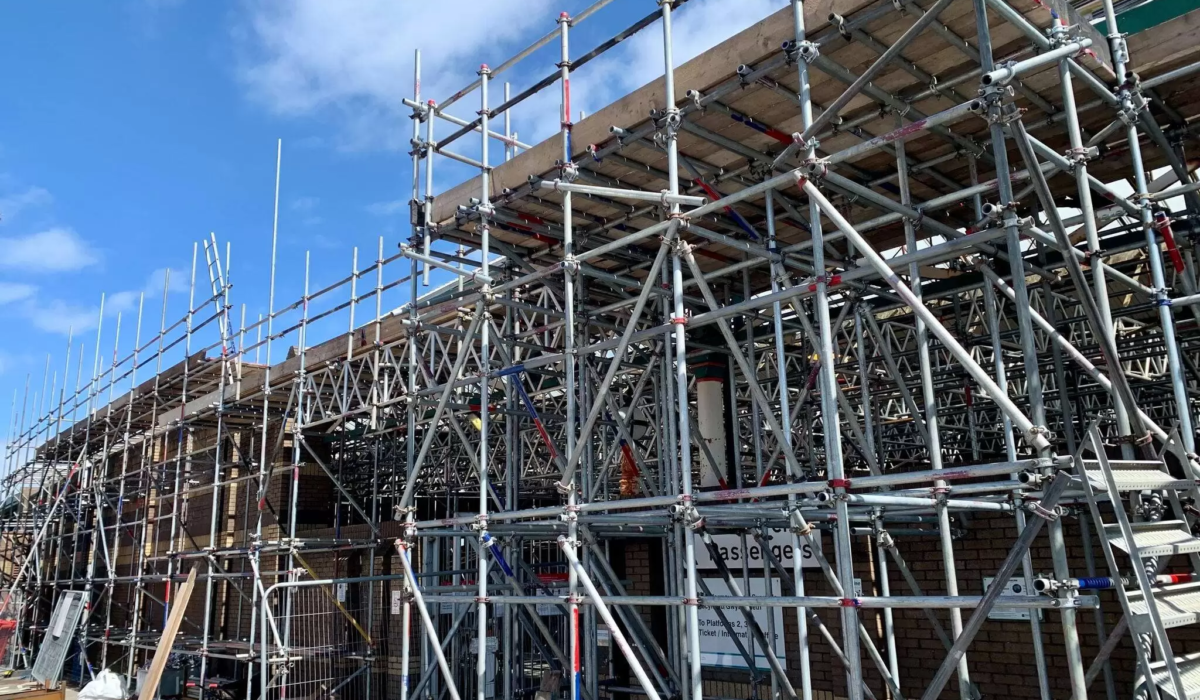Introduction
New York City’s most iconic borough Manhattan is a global symbol of architectural ambition. From cutting-edge skyscrapers to historic brownstones, the borough’s skyline tells a story of constant evolution. Central to every construction or restoration project in this dense urban landscape is one critical component
More than a structural necessity, scaffolding in Manhattan plays a pivotal role in ensuring safety, facilitating compliance with city regulations, and supporting the operational efficiency of construction sites. With a growing emphasis on precision, safety, and speed, the demand for expertly designed and installed scaffolding systems has never been higher.
This guide explores the nuances of commercial scaffolding in Manhattan—why it’s different, how it’s regulated, and what construction professionals need to know when selecting a provider.
The Manhattan Difference: Why Scaffolding Here Demands Precision
Commercial scaffolding in Manhattan isn’t just about access—it’s about navigating complexity. The borough’s compact footprint, high foot traffic, and layered infrastructure create unique challenges that demand tailored solutions.
Urban Density
Tight workspaces and limited staging areas make the installation of scaffolding a logistical puzzle. Projects must account for narrow sidewalks, underground utilities, and neighboring property lines.
Public Safety
In a city that never sleeps, pedestrian safety is non-negotiable. Sidewalk sheds and pedestrian protection systems are often required by law, even for routine maintenance projects.
Architectural Diversity
Manhattan’s structures range from ultra-modern commercial towers to pre-war buildings with delicate facades. Scaffolding systems must accommodate both extremes, often with minimal disruption to tenants and surrounding businesses.
Understanding Scaffolding Regulations in New York City
The New York City Department of Buildings (DOB) enforces some of the most rigorous scaffolding standards in the nation. These regulations are designed to prevent accidents, maintain order in public spaces, and ensure all construction activities meet the city’s exacting safety standards.
Local Law 11 (Façade Inspection Safety Program – FISP)
Applicable to buildings over six stories, Local Law 11 requires periodic inspections and maintenance of building facades. These inspections almost always involve extensive scaffold systems to ensure safe and thorough evaluations.
Permitting Requirements
Before any scaffolding is erected, permits must be secured through the DOB. These cover structural engineering, load testing, placement strategies, and sidewalk shed installations.
Compliance Inspections
DOB inspectors routinely visit active sites to assess scaffold safety, structural integrity, and adherence to installation plans. Violations can result in significant fines or project delays.
Choosing a provider with in-depth knowledge of these local laws is essential for seamless project execution.
Key Types of Commercial Scaffolding
Different projects require different scaffolding systems. The choice depends on the structure’s height, complexity, function, and site conditions.
1. Frame Scaffolding
Widely used in low- to mid-rise commercial projects, frame scaffolding is valued for its simplicity, ease of installation, and cost efficiency.
2. Tube and Coupler Scaffolding
Ideal for structures with unique shapes or irregular surfaces, tube and coupler systems offer maximum flexibility. They are a staple for complex restorations and adaptive reuse projects.
3. System Scaffolding
Modular and engineered for fast assembly, system scaffolds are common in high-rise projects. Their consistent dimensions enhance safety and load-bearing performance.
4. Suspended Scaffolding
These systems are suspended from the top of the structure and can be raised or lowered as needed—ideal for window washing, façade repairs, and mid-project inspections.
5. Sidewalk Sheds
These protective structures shield pedestrians from overhead hazards. In Manhattan, sidewalk sheds are often required by law for any project involving exterior work above the first floor.
Engineering and Safety Considerations
A professionally engineered scaffold system starts with detailed planning and rigorous adherence to safety principles.
Load Calculations
Every scaffold must be designed to bear both dynamic (moving) and static (stationary) loads. Miscalculations can lead to structural failure.
Anchoring and Bracing
Scaffolds must be securely anchored to the structure and reinforced with cross-bracing to withstand wind, vibration, and material movement.
Fall Protection
Guardrails, toe boards, and safety harness tie-off points are mandatory at specified elevations to prevent worker injuries.
Access and Egress
Stair towers, ladders, and secured platforms ensure that workers can access all levels of the scaffold safely and efficiently.
Why NYC Best Scaffold Is the Premier Choice
Choosing a scaffolding partner is not just about pricing it’s about precision, performance, and peace of mind. NYC Best Scaffold has earned a trusted reputation across Manhattan for delivering safe, code-compliant, and visually considerate scaffolding solutions for commercial clients.
Highlights of NYC Best Scaffold Services:
- Turnkey Project Management: From engineering and permitting to installation and takedown.
- Licensed and Insured: Fully compliant with DOB and OSHA standards.
- Custom Solutions: Scaffolding designs tailored to project-specific requirements.
- 24/7 Emergency Response: Rapid deployment to address urgent needs or weather damage.
- Minimal Disruption: Efficient setups that respect pedestrian traffic and building aesthetics.
With over two decades of experience navigating the city’s permitting processes and logistical challenges, NYC Best Scaffold stands apart as a reliable partner for property developers, construction managers, and restoration specialists..
Conclusion: Your Trusted Scaffold Partner in Manhattan
Manhattan’s construction environment demands professionalism, precision, and local expertise. Commercial scaffolding is not simply about elevation—it’s about building confidence in safety, compliance, and project continuity.
NYC Best Scaffold is committed to delivering tailored solutions that meet the unique demands of Manhattan’s commercial landscape. From permitting and engineering to installation and safety oversight, we offer comprehensive support at every stage of your project.
Whether you’re managing a high-rise development or restoring a historic property, partner with a team that understands the terrain, the regulations, and the pace of business in New York City.
Contact NYC Best Scaffold today to schedule a consultation and learn how we can elevate your next commercial project with professionalism and precision.
Frequently Asked Questions (FAQs)
What is commercial scaffolding?
Commercial scaffolding is a temporary structure used on construction sites to provide workers with access to elevated areas, transport materials, and ensure safety during the construction, renovation, or maintenance of commercial buildings. In Manhattan, these systems must also meet strict safety and regulatory standards.
Why is scaffolding important for commercial construction projects in Manhattan?
Scaffolding ensures the safety of both workers and pedestrians, facilitates compliance with NYC building codes (such as Local Law 11), and enables access to hard-to-reach areas. In Manhattan’s dense and vertical environment, scaffolding is often a legal requirement and critical for operational efficiency.
What permits are required to install scaffolding in New York City?
Before scaffolding can be erected, a contractor must obtain permits from the NYC Department of Buildings. These include scaffold installation permits and, in many cases, sidewalk shed permits. A licensed professional must submit engineering plans and ensure compliance with city regulations.
What is a sidewalk shed and when is it required?
A sidewalk shed is a temporary overhead structure built to protect pedestrians from falling debris during construction. It’s legally required for any building over 40 feet tall undergoing façade work or structural repairs that may pose a risk to the public.
How long can scaffolding stay up in Manhattan?
While scaffolding can remain in place for the duration of a project, property owners are encouraged to remove it as soon as work is complete. Under NYC law, long-term scaffolding (especially sidewalk sheds) must be maintained and inspected regularly and is subject to renewal and compliance checks.
What types of scaffolding are used in commercial projects?
Common scaffolding types include:
- Frame scaffolding
- Tube and coupler systems
- System scaffolding
- Suspended scaffolds
- Sidewalk sheds
The appropriate type depends on the structure’s height, access needs, and project scope.
How do I choose the right scaffolding company in Manhattan?
Look for a provider with:
- Extensive experience in NYC-specific projects
- Full licensing and insurance
- Knowledge of DOB permitting
- A proven safety record
- The ability to deliver turnkey service from engineering to takedown
Is scaffolding installation dangerous?
Like any construction work, scaffolding installation carries risks. However, when performed by licensed professionals using OSHA-compliant practices and engineered systems, it is a safe and standard part of urban construction.
What is Local Law 11 and how does it relate to scaffolding?
Local Law 11, also known as the Façade Inspection Safety Program (FISP), mandates that buildings over six stories in NYC undergo regular façade inspections and repairs. Scaffolding and sidewalk sheds are commonly required to perform this work safely.
How much does commercial scaffolding cost in Manhattan?
Costs vary based on:
- Project size and height
- Duration of scaffold use
- Complexity of the structure
- Engineering and permit fees
A professional consultation will provide a detailed, site-specific estimate.

